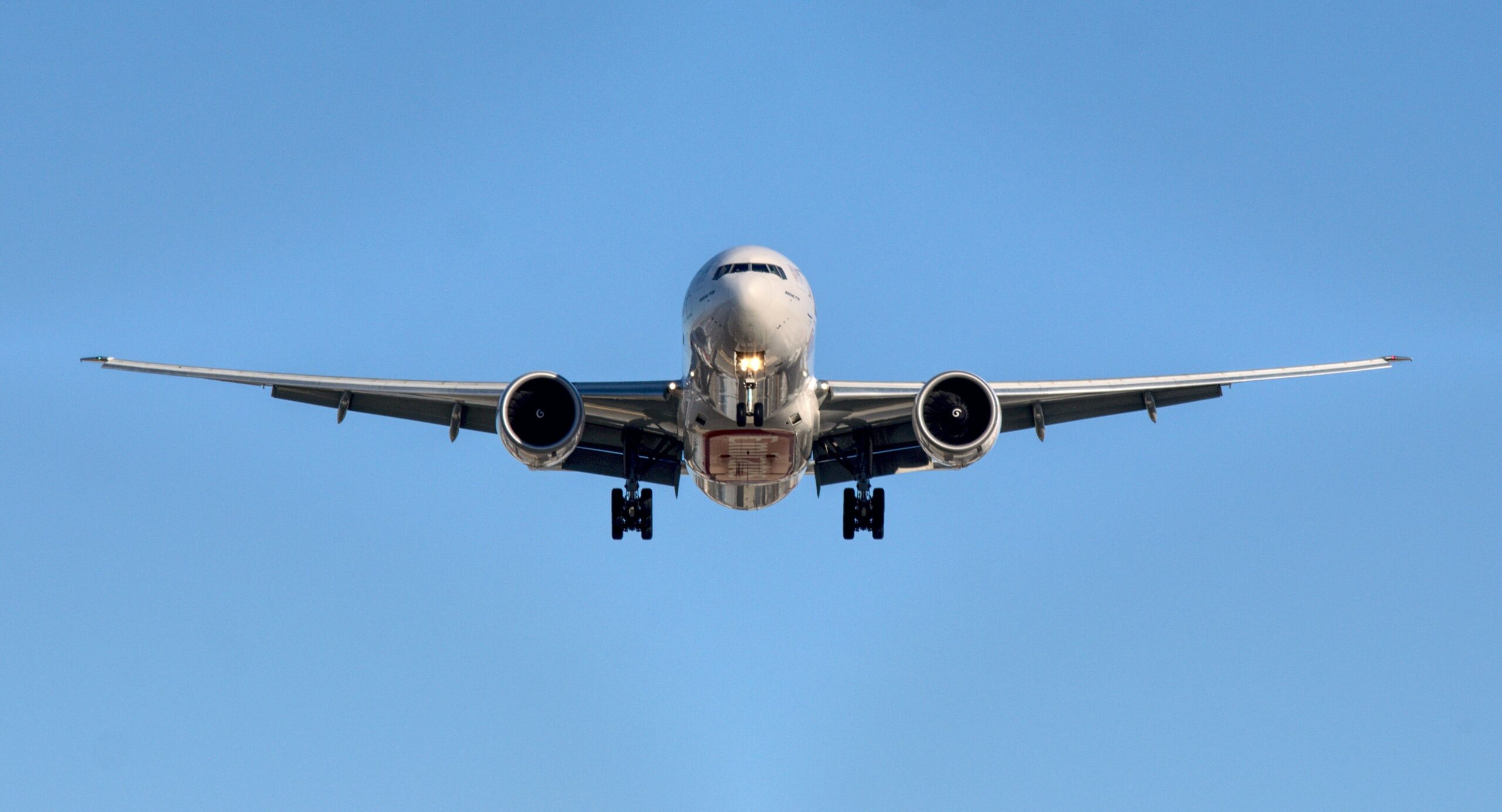Macgyver
Has No Life - Lives on TB

Pilot Dies Suddenly After Collapsing Shortly After Takeoff from Chicago Airport (AUDIO)
Reports surfaced on Tuesday that a recently hired Envoy Air pilot had collapsed and been pronounced dead shortly after taking off from Chicago O’Hare International Airport en route to Columbus, Ohio. Captain Patrick Ford of the American Eagle Embraer 175 passed out at the controls at 7:59 p.m...
Pilot Dies Suddenly After Collapsing Shortly After Takeoff from Chicago Airport (AUDIO)
JIM HOFT
4 - 6 minutes
Reports surfaced on Tuesday that a recently hired Envoy Air pilot had collapsed and been pronounced dead shortly after taking off from Chicago O’Hare International Airport en route to Columbus, Ohio.
Captain Patrick Ford of the American Eagle Embraer 175 passed out at the controls at 7:59 p.m. on Saturday, November 19, shortly after the plane had taken off from the runway, Alex Berenson reported.
A recording of the incident shows that Captain Ford was talking to an air traffic controller when his voice suddenly stopped.
ENY3556: Tower, Envoy 3556…
A few seconds later, the controller asked anxiously, “Can I help you?”
“…3556, we need to return, captain is incapacitated,” Ford’s copilot, Captain Brandon Hendrickson, told air traffic control about 30 minutes after take-off from the airport.
Captain Hendrickson took control of the plane and managed to land safely.
Ford was taken to a hospital, where he was pronounced dead. His cause of death was not immediately released.
The vice president of flight operations at Envoy Air released a statement following the incident.
“Despite heroic efforts to revive him, Captain in training, Patrick Ford, passed away,” Ric Wilson, the Vice President of Flight Operations at Envoy Air, said in a message to fellow pilots. “We are deeply saddened by this loss.”
“Sincere thanks to Line Check Airman, Captain Brandon Hendrickson, for his leadership and professionalism in the safe handling of his aircraft, passengers, and crew,” Wilson continued.
The Federal Aviation Administration (FAA) has opened an investigation regarding the incident.
Watch the video below:
The number of pilots who have passed out or fainted while flying, or who have died as a result, has increased in recent months.FAA is now investigating after the captain of American Eagle (Envoy) Flight 3556 became incapacitated shortly after taking off from ORD Saturday night. The captain died later at a hospital. The copilot safely landed the plane at ORD. 57 passengers & crewpic.twitter.com/pcvFIuUCM9
— Kris Van Cleave (@krisvancleave) November 22, 2022
A Boeing flight commander died suddenly during a flight from Novokuznetsk to St Petersburg in Russia in September, according to a report from a Russian news outlet.
The co-pilot had to make an emergency landing at Omsk airport, but the commander died before he could receive medical assistance.
“The resuscitation ambulance team arrived at the airport ten minutes before the plane landed. The team stated the death of the pilot before providing medical assistance,” the Ministry of Health of the Omsk Region said.
Another pilot reportedly “fainted” at 30,000
feet, prompting the plane to make an emergency landing in Greece last August.
“One fuming passenger claimed the ordeal had delayed the start of their holiday by eight hours. They said their family of four was given a €15 euro voucher each which covered a “basic meal,” the outlet reported. According to passengers, Jet2 does not compensate for delays due to medical emergencies.
The flight was rerouted as a “precautionary measure,” according to a representative from Jet2.
Commercial aviation news site Aviation Herald reported that two pilots on a flight from Sudan to Ethiopia last August had apparently fallen asleep and missed their landing.
“The incident took place on board an Ethiopian Airlines Boeing 737-800 en route from Khartoum to Addis Ababa, the report said, “when the pilots fell asleep” and “the aircraft continued past the top of descent,” according to CNN.
A reader reached out to Gateway Pundit last June 2022, saying that an air traffic controller who worked in the management in Madrid, Spain, anonymously tipped his wife that there were 28 unscheduled emergency landings in May 2022 due to medical issues associated with people losing consciousness compared to only one or two in a normal year. However, the Gateway Pundit was unable to verify this information.
“Our source and her colleagues at work had discretely discussed the total numbers of un-scheduled, emergency landings due to medical issues that involved un-consciousness as having been ~25-30+ per month since the beginning of 2022 vs. a total normal figure of ~1-2 per YEAR across all Spanish airports during pre-vax roll-out years.”

 I already see which way this is going.
I already see which way this is going.




